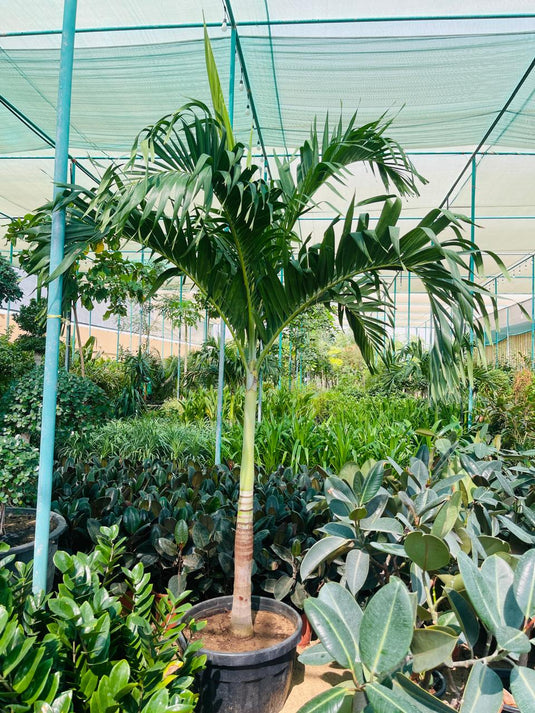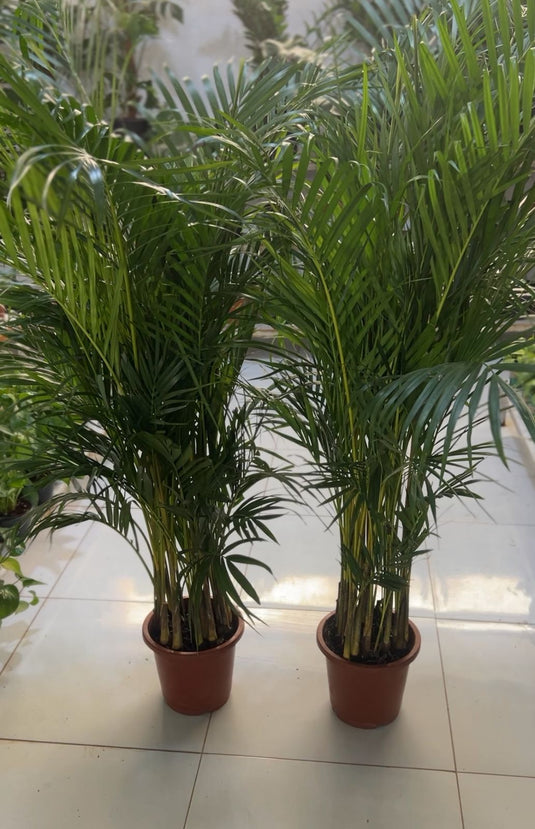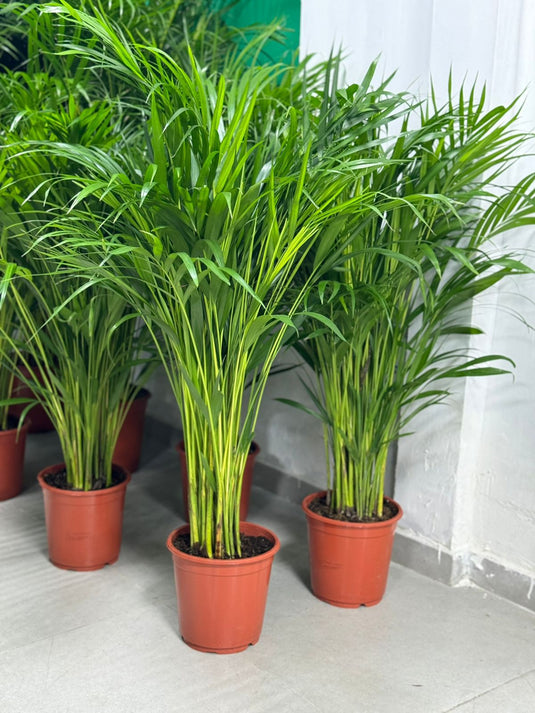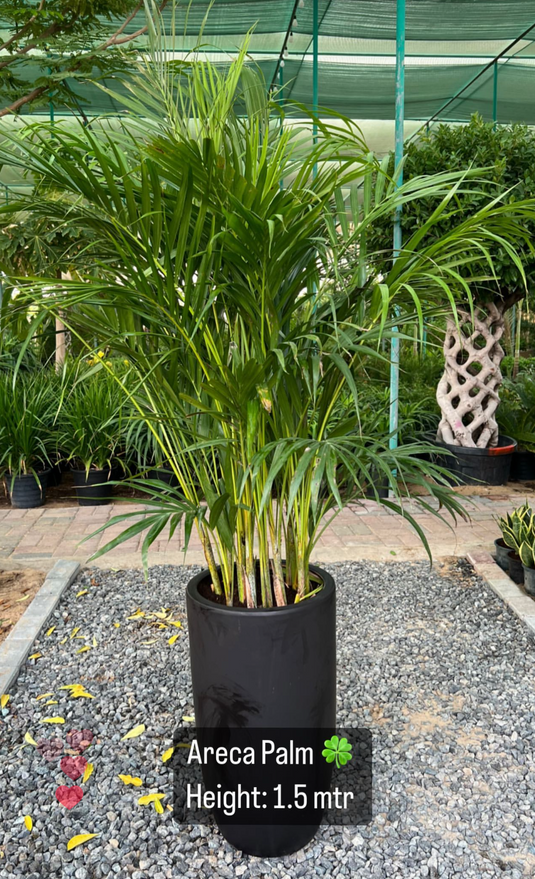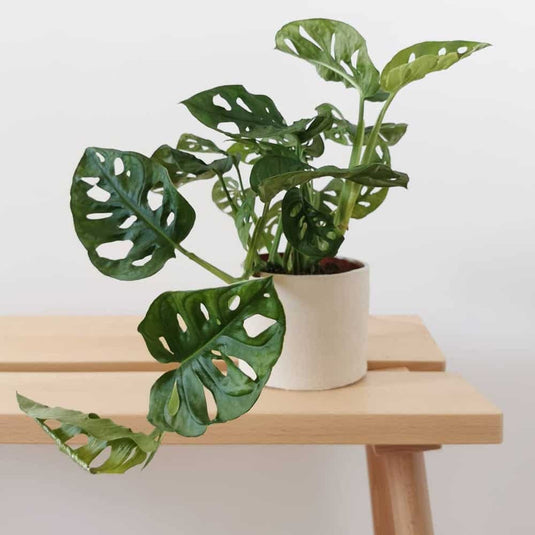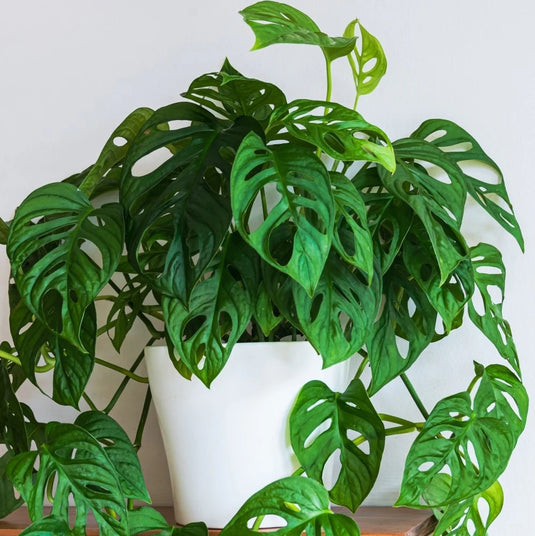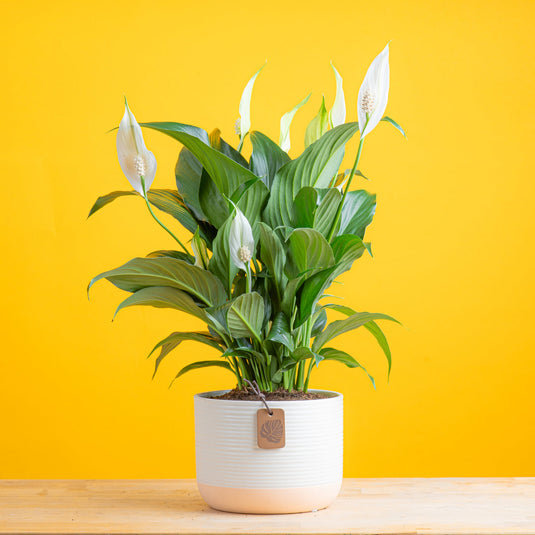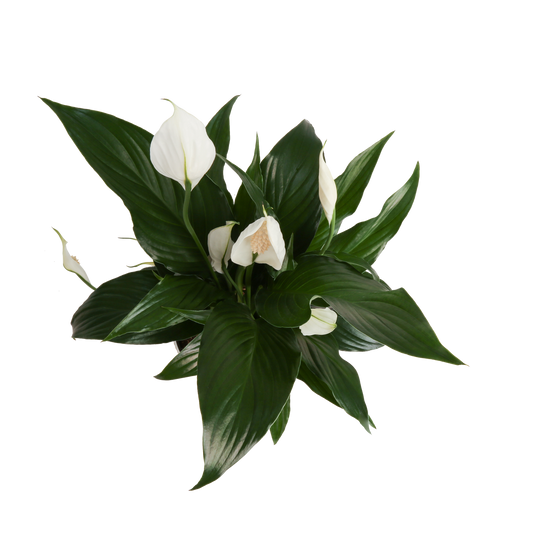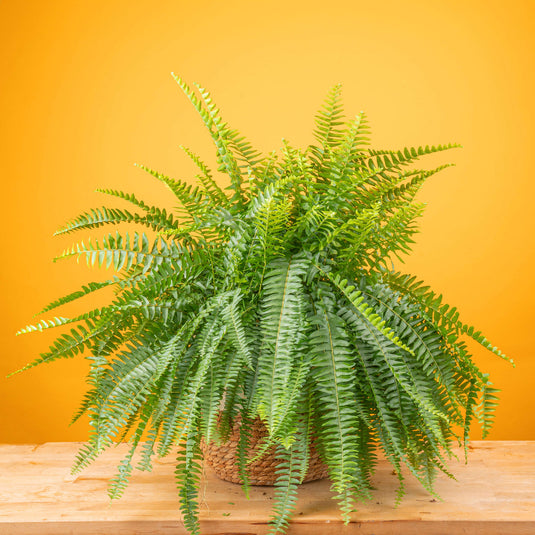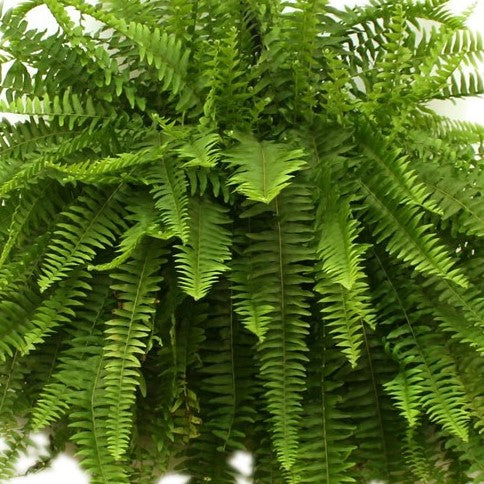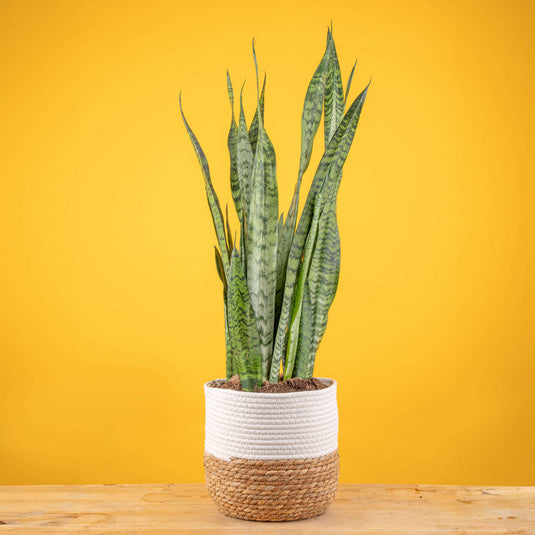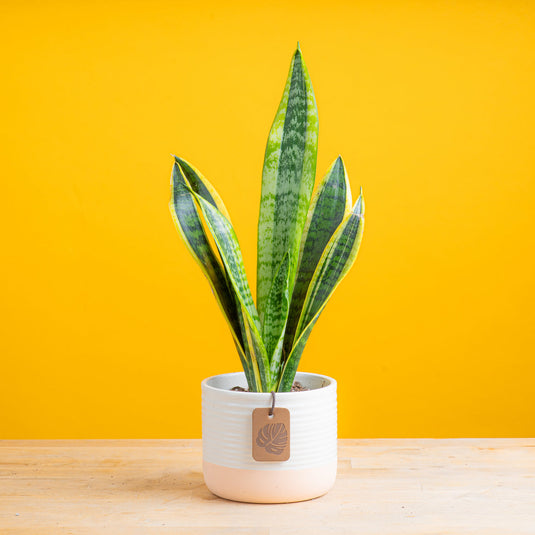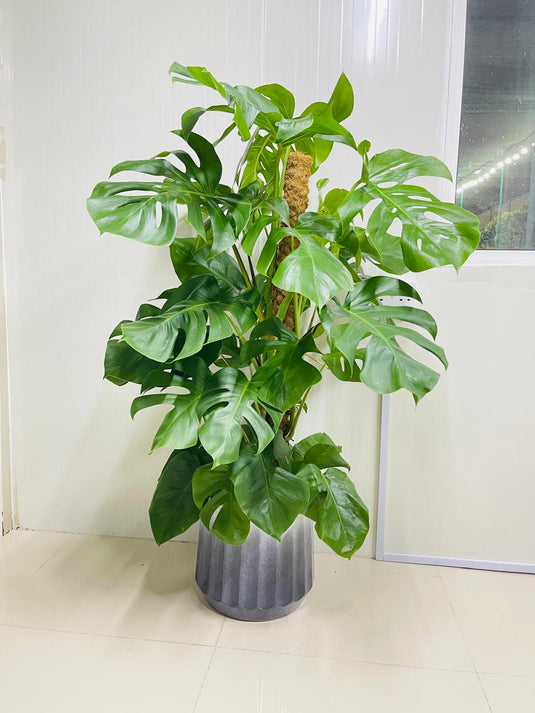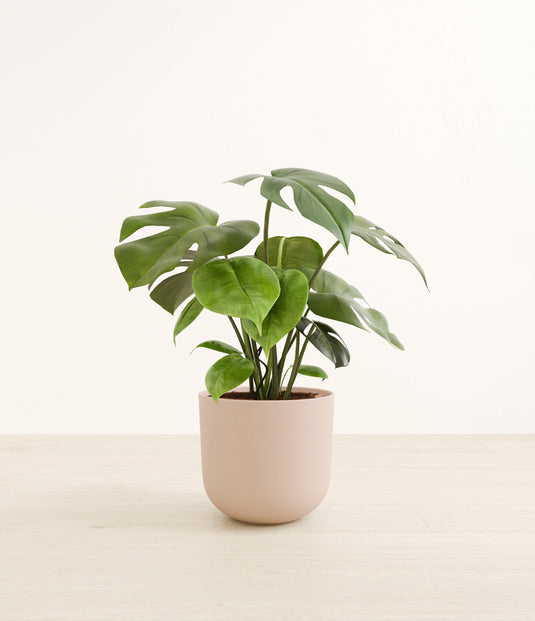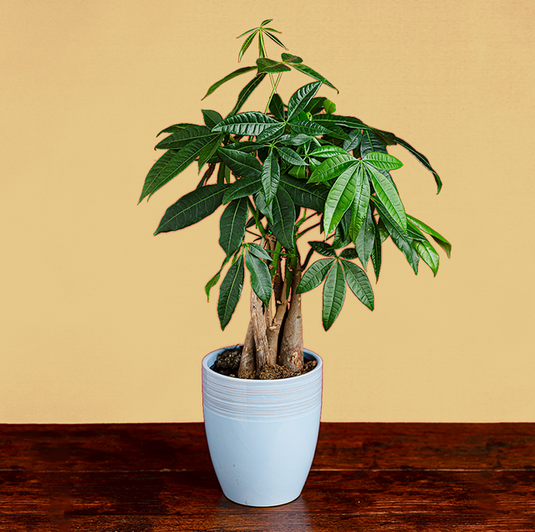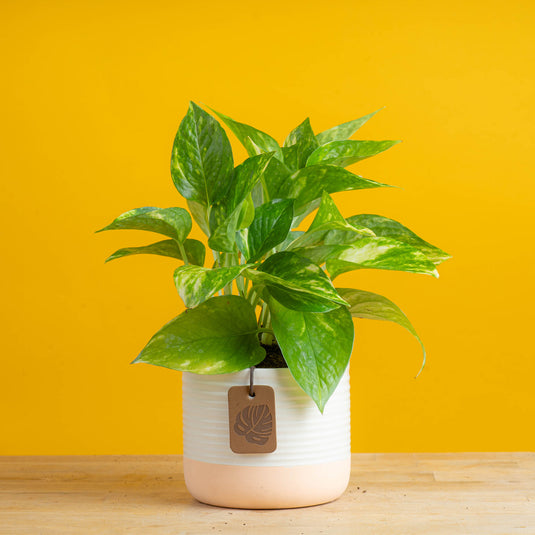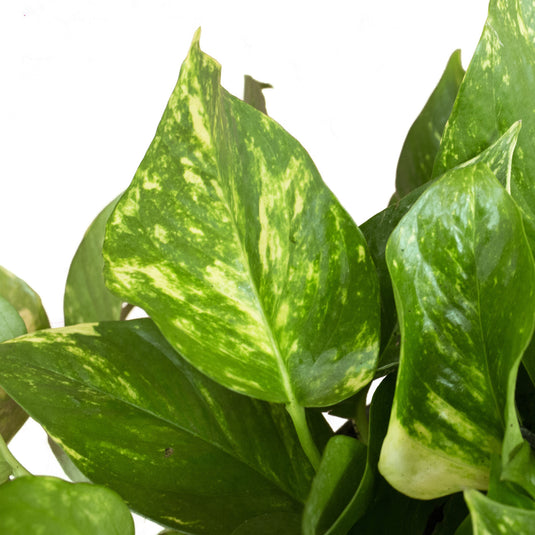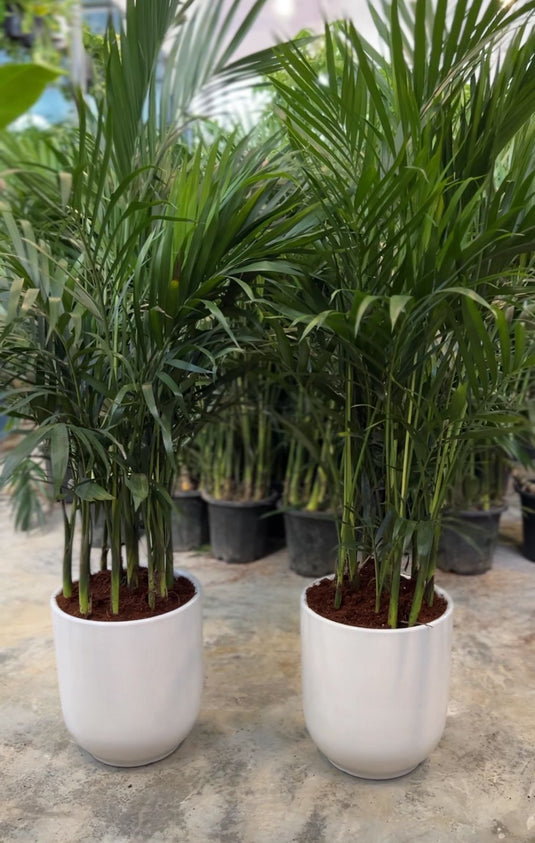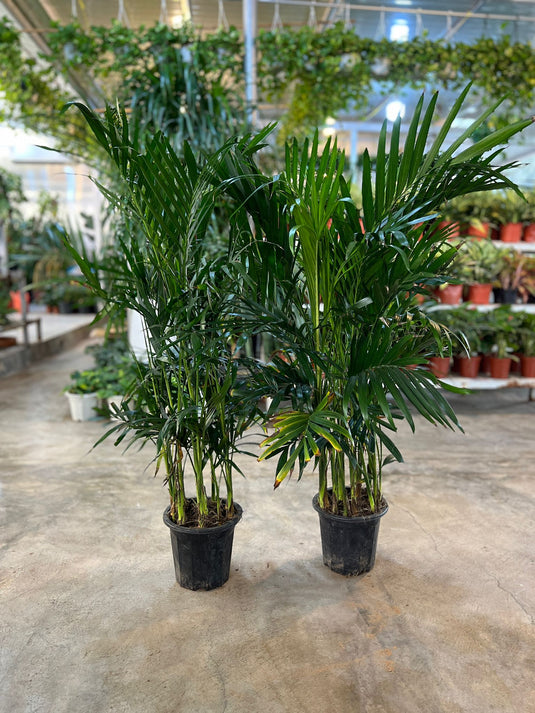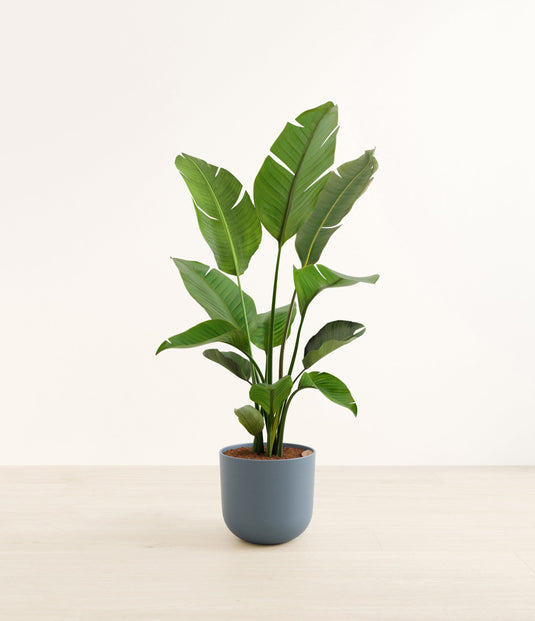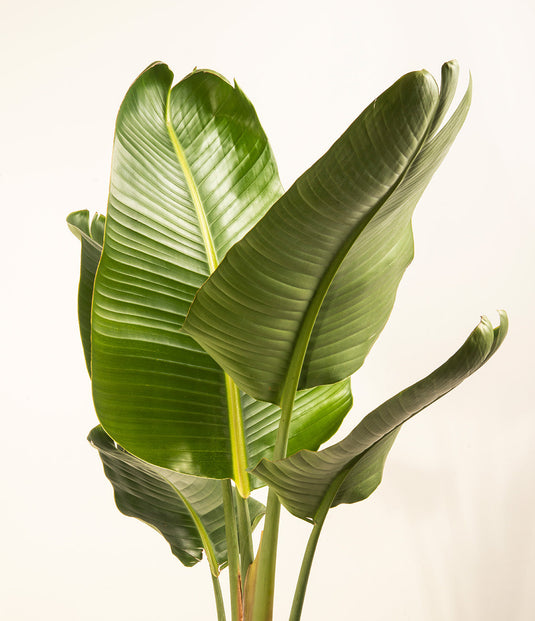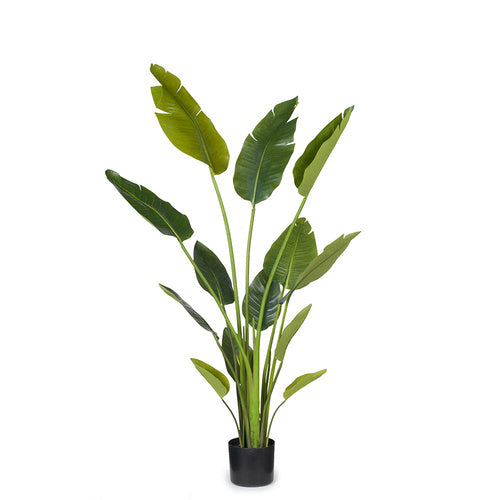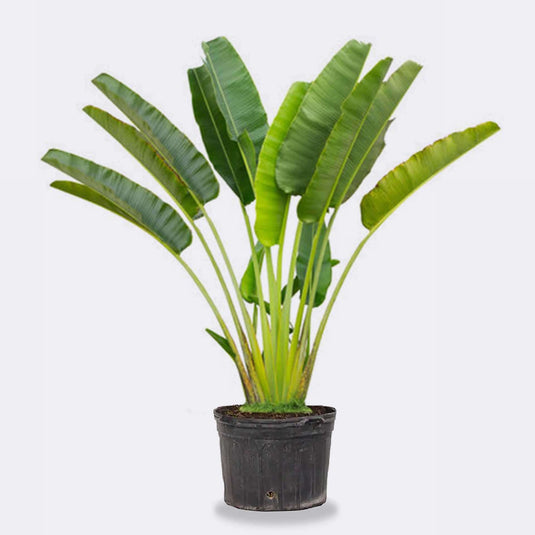Vicia Palm
- Healthy Arrival Guarantee
- Free Plant Care Consultation
- Safe & Secure Payment
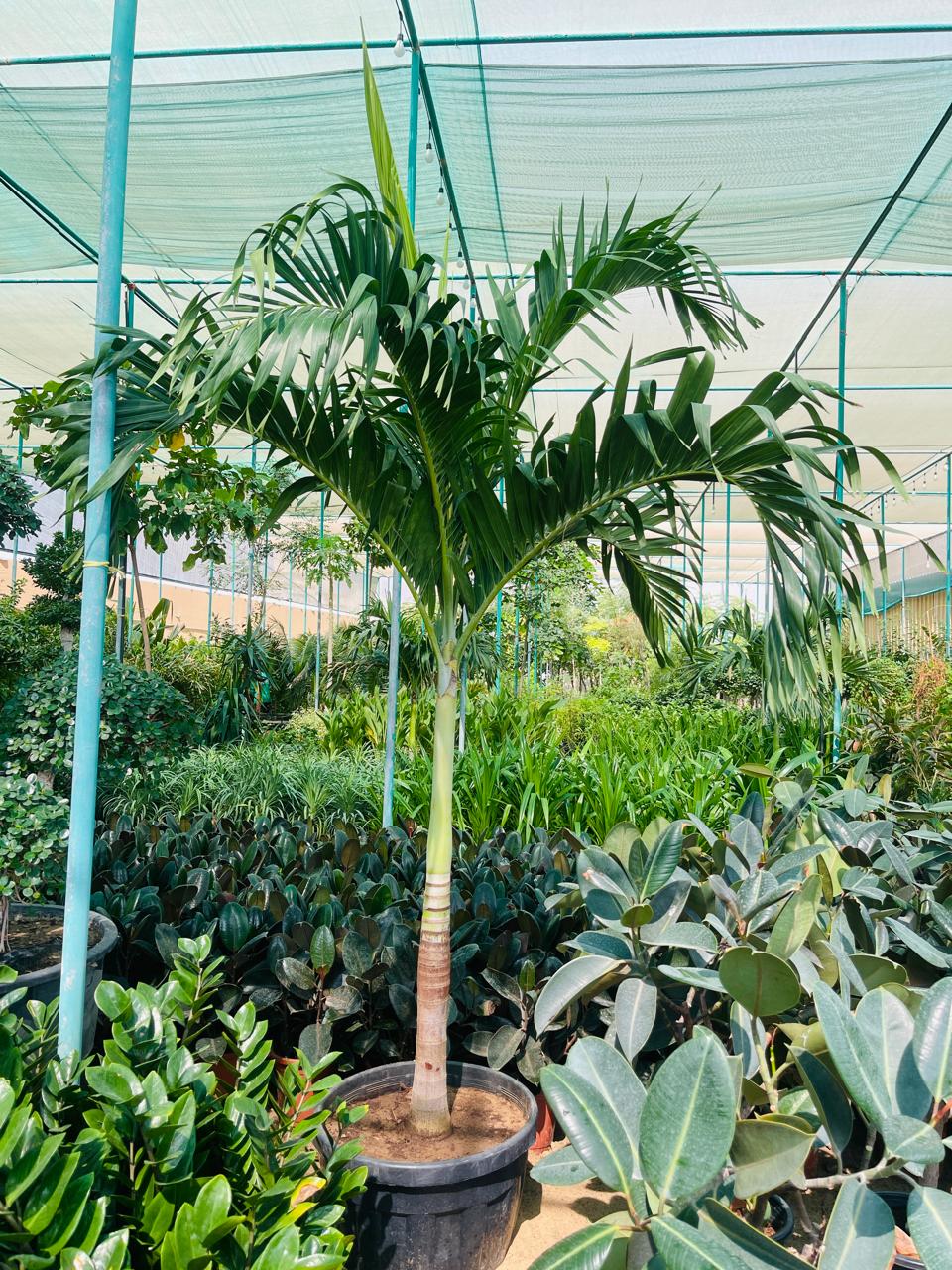
We will send you a notification as soon as this product is available again.
-
Estimated delivery: Dec 27 - Dec 31
-
Free return within 7 days of purchase.
Plant Description
Vicia Palm comprises various species of legumes known for their climbing ability and lush green foliage. The global market for ornamental plants, including species like Vicia, is projected to reach USD 1.6 billion by 2030.
5 Top Benefits of Keeping an Vicia Palm
1. Nitrogen Fixation
Vicia Palm plays a crucial role in soil health by fixing nitrogen, which enhances soil fertility. Studies indicate that legumes like Vicia can significantly improve soil nutrient levels (Smith et al., 2022).
2. Erosion Control
The extensive root systems of Vicia Palm help stabilize soil, reducing erosion on slopes and banks. Research has demonstrated that plants with robust root systems are effective in preventing soil loss (Johnson & Lee, 2021).
3. Aesthetic Appeal
With its lush green foliage and unique growth habit, Vicia Palm enhances the visual appeal of gardens and landscapes. Ornamental plants, including Vicia, are known to increase property values (Green & Brown, 2020).
4. Biodiversity Support
Vicia Palm provides habitat and food for various wildlife species, contributing to local biodiversity. Studies show that diverse plant species in ecosystems support higher levels of wildlife (American Society of Landscape Architects, 2021).
5. Low Maintenance
Vicia Palm is relatively low-maintenance, requiring minimal care once established. Its resilience to pests and diseases makes it an attractive option for gardeners (University of Florida, 2022).
Disadvantages
- Vicia Palm may thrive best in specific climatic conditions, which may limit its growth in colder regions.
- Its climbing nature may require ample space and support structures for optimal growth.
- Regular pruning may be necessary to manage growth and maintain desired shapes, particularly in ornamental settings.
- Vicia Palm can compete with nearby plants for nutrients and space, necessitating careful placement in gardens.
- Some individuals may be sensitive to flowering plants, which can lead to mild allergic reactions.
Frequently Asked Questions
1. Is Vicia Palm beneficial for soil health?
Yes, it improves soil fertility through nitrogen fixation, enhancing nutrient levels in the soil. This property makes it valuable for sustainable agriculture and gardening.
2. Can Vicia Palm help with erosion control?
Yes, its extensive root system stabilizes soil and prevents erosion effectively. This is particularly useful on slopes and in areas prone to soil loss.
3. Does Vicia Palm enhance garden aesthetics?
Yes, it adds lush greenery and unique growth patterns to landscapes, contributing positively to visual appeal. This can enhance the overall beauty of outdoor spaces.
4. Is Vicia Palm easy to maintain?
Yes, it requires minimal care once established, making it a practical choice for gardeners. Its resilience to pests further simplifies its upkeep.
5. Should I be concerned about its growth in my garden?
Yes, while it is generally manageable, it can compete with other plants for resources, requiring careful placement. This consideration is important for harmonious garden design.
Final Verdict: Should I Buy Vicia Palm?
Yes, Vicia Palm is an excellent choice for enhancing soil health and biodiversity in your garden. Its aesthetic appeal and low maintenance needs make it a valuable addition to any landscape.
Plant Care
Watering
Water your plant once a week or when the soil starts to feel slightly dry on the surface. Keep the soil consistently moist, but be careful not to overwater, as this can cause brown spots and leaf drop. If the leaves become curly or dry, it's a sign that the plant needs water. It's best to water your plant in the early morning or late evening when the temperatures are cooler. Always check the soil before watering.
Light
Provide bright indoor light or indirect sunlight for about 6 to 8 hours a day.
Temperature
Maintain temperatures between 18°C and 24°C. Avoid exposing the plant to drafts, as these can cause undesirable temperature fluctuations. Mist the plant occasionally, about twice a week, to help maintain optimal humidity levels.
Fertilizer
Apply liquid fertiliser every 15 days when the plant is actively growing. For best results, use Folikraft ready-to-use Indoor Plant Food.
